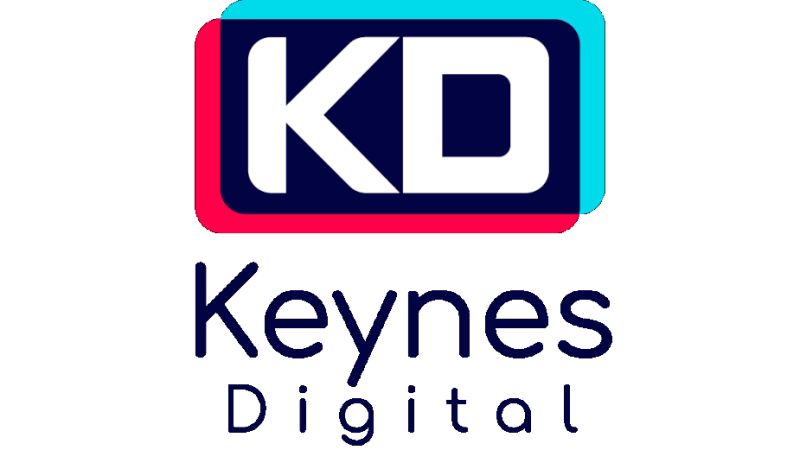As many medium-size and direct-to-consumer (DTC) brands have discovered, performance advertising on platforms like Meta and Google can be instrumental in driving growth. These self-service platforms offer straightforward attribution and performance optimization tools that make it easier for businesses to manage their advertising campaigns.
However, as these businesses grow more ambitious, many seek to incorporate connected TV (CTV) into their marketing mix. This transition often reveals a critical misunderstanding about performance metrics, particularly the overemphasis on cost per thousand impressions (CPM) as a measure of success.
The problem with chasing low CPMs
For marketers accustomed to social and search advertising, the concept of a “good” CPM has been shaped by years of experience with platforms like Meta and Google, where CPMs can range between $8 and $10.
These marketers often experience sticker shock when they encounter the $20 to $30 CPMs typical of CTV advertising. The cost disparity can lead some to chase lower CPMs. But chasing the lowest CPMs is akin to buying penny stocks instead of blue-chip stocks—while the former might seem like a bargain, the latter offers far greater value, better campaign performance and more stability.
CPM, while a useful metric for budgeting, does not account for the quality or relevance of the audience being reached. Linear TV, for example, offers low CPMs because it casts a wide net, reaching a broad audience. The lack of targeting means that, while the cost per impression is low, much of that spend is wasted on viewers who are not likely to convert.
CTV, meanwhile, allows for highly targeted advertising, ensuring the right ad reaches the right person. This precision naturally comes at a higher cost, but it also significantly reduces waste.
The value of audience targeting
One of the fundamental shifts when moving from social and search advertising to CTV is the importance of audience targeting. With social and search platforms, audience targeting is often based on user behavior and interests, which are relatively easy to manage with self-service tools. CTV, however, introduces a layer of complexity that these tools struggle to handle.
Audience targeting in CTV is more nuanced, often involving data from various sources to build a comprehensive profile of the viewer. This might include demographic information, viewing habits and even location data.
When done correctly, this level of targeting ensures ads are not just being shown to a broad audience, but to the specific individuals most likely to be interested in the product or service being advertised. The result is a higher return on ad spend (ROAS), even if the initial CPM is higher.
Beyond CPM: focusing on outcomes
For brands focused on performance, the ultimate goal should be achieving a high ROAS, not merely reducing CPMs. If a $30 CPM on CTV delivers a 3x ROAS compared to a $10 CPM on social media, the higher cost is justified.
This shift in perspective is critical for businesses looking to scale their advertising efforts. It’s not about how much you spent to achieve a particular outcome; it’s about whether the outcome was worth the investment.
This approach also mitigates the risk of falling into the trap of relying on overly simplistic attribution models that may look impressive on paper but fail to capture the full picture of campaign performance.
The role of third-party verification
Given the complexity of CTV and the risk of oversimplification, businesses should use third-party verification tools to monitor and evaluate campaign performance. This step ensures vendors are held accountable and the metrics used to judge success are aligned with the brand’s objectives.
In the world of CTV, IP address tracking is often considered a sufficient signal of success. However, this is a limited view that doesn’t account for the full range of data available. Brands should work with their vendors to establish more comprehensive metrics and consider using third-party tools to validate these results. This way, they can be confident their campaigns are not just cost-effective but genuinely driving the desired outcomes.
As SMBs and DTC brands transition from self-service CTV platforms, it’s crucial to move beyond simple metrics like CPM and focus on what truly drives performance. Lower CPMs are great, but the impact of an ad on Hulu after three hours of binge-watching is not the same as it is during the first two ad pods. Paying for Hulu at a $15 CPM is great, but the pricing factors in lower-performing inventory.
By prioritizing audience targeting and ROAS, and incorporating third-party verification, businesses can ensure they’re getting the most value from their advertising spend, even if it means paying more upfront.
“On TV & Video” is a column exploring opportunities and challenges in advanced TV and video.
Follow Keynes Digital and AdExchanger on LinkedIn.
For more articles featuring Dan Larkman, click here.














